Best
Budget Digital Piano
Gear4music SOUND AND FEEL OF A REAL PIANO
-
Overall: 88-Key Digital Piano Ideal For Living Spaces
-
Best Feature: Synthetic Ebony And Ivory Keys
Provide That Premium Grand Feel -
TedScore™: 8.5/10
Best
Overall
Grand Piano
Grand
Piano INCREDIBLE SOUND
AND LONGEVITY
-
Overall: Utilizes 3 Pedals
For Full Sostenuto -
Best Feature: Made From
High-Quality Materials -
TedScore™: 9/10
Best
Digital Upright Piano
Digital Piano UNMISTAKABLE QUALITY AND STYLE
-
Overall: OLED Display That Makes Navigation Easy
-
Best Feature: Spatial Headphone Sound Technology Enhances The Depth And Realism Of The Sound
-
TedScore™: 8.5/10

Have you ever wondered if playing the piano causes arthritis? I’ve spent many hours playing the piano, sometimes worrying that my favorite hobby could lead to joint pain, as the old wives’ tale suggests.
But wait, before you dismiss your grand piano, let’s take a musical journey to figure out the truth. We’ll learn how playing the piano affects our joints and whether Beethoven’s passion could cause arthritis.
Read along, and let’s uncover the truth together – it’ll be fun!
Exploring the Connection Between Piano Playing and Arthritis
It’s crucial to understand how our passion impacts our health. We’ll explore the intriguing relationship between tickling the ivories and the risks or benefits it might hold for our joints.
Understanding Arthritis and Its Causes
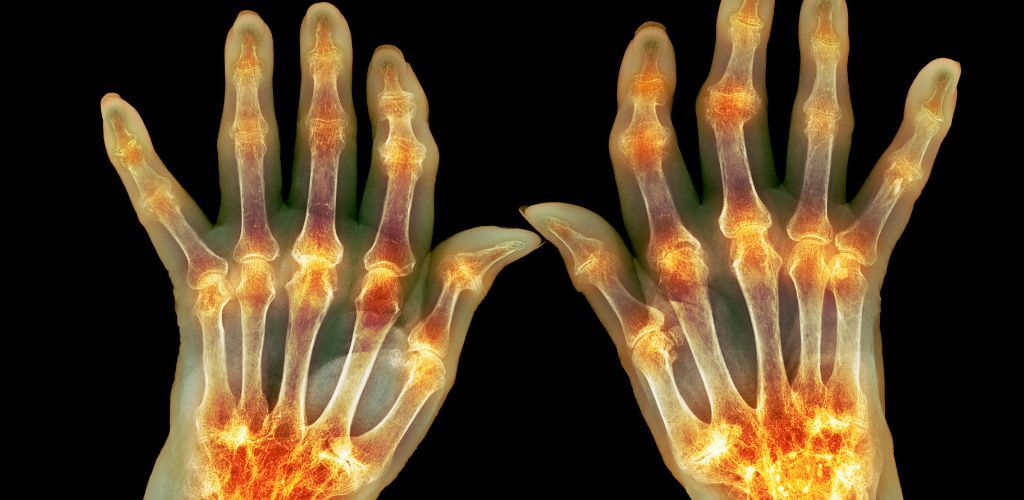
Arthritis isn’t just a single condition; it’s a word that includes over 100 different joint inflammation issues.
Us musicians need to understand that common types like osteoarthritis come from wear and tear, while rheumatoid arthritis starts when the immune system attacks the arthritic joints. These problems can cause joint pain, stiffness, swelling, and sometimes fever.
Piano Playing: A Risk Factor for Arthritis?
Now, let’s address the elephant in the room: could those hours spent on the piano bench be a prelude to arthritis?
As a pianist, the repetitive motion and stress levels involved in mastering the keyboard could press the wrong keys for our hand and wrist health.
Yet, there’s no concrete evidence to pin the blame squarely on piano playing; genetics and other health factors often conduct this complex symphony of causes.
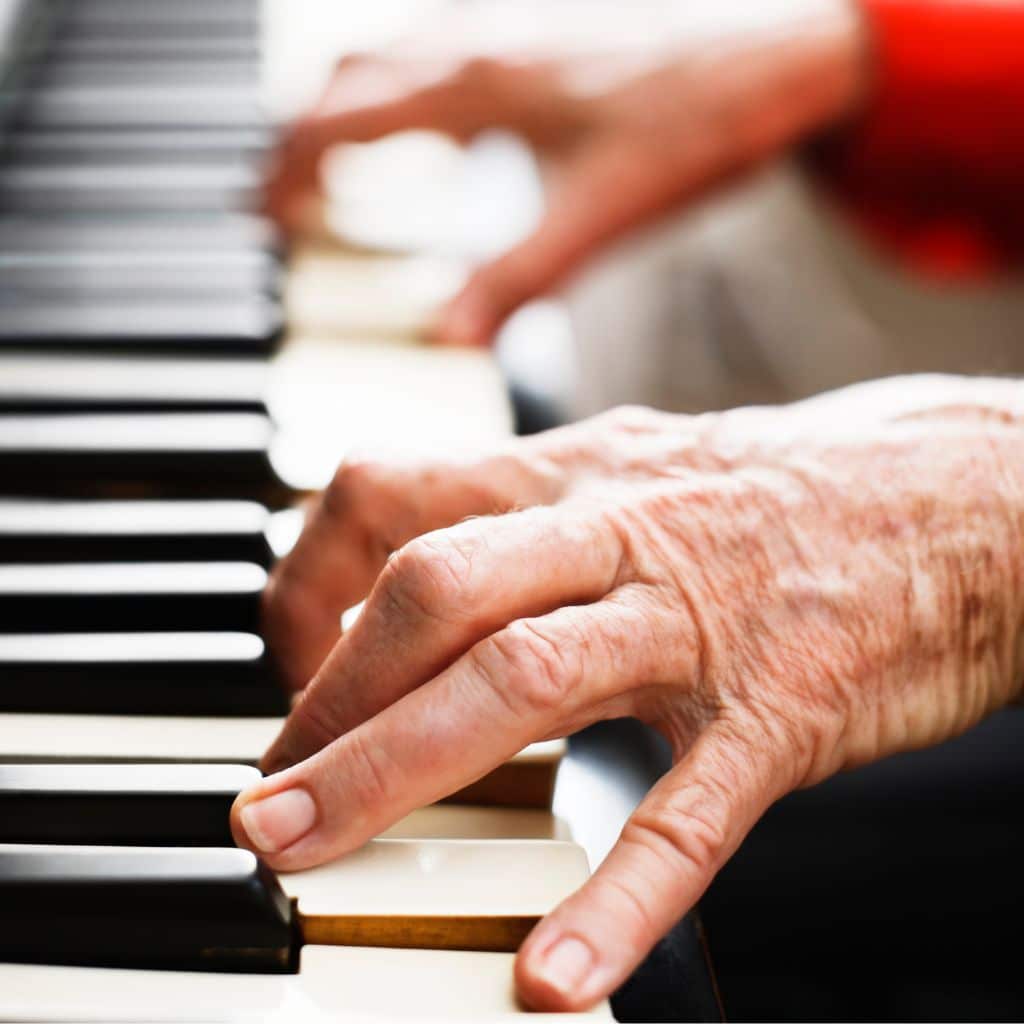
Injury Prevention and Safe Practice Techniques
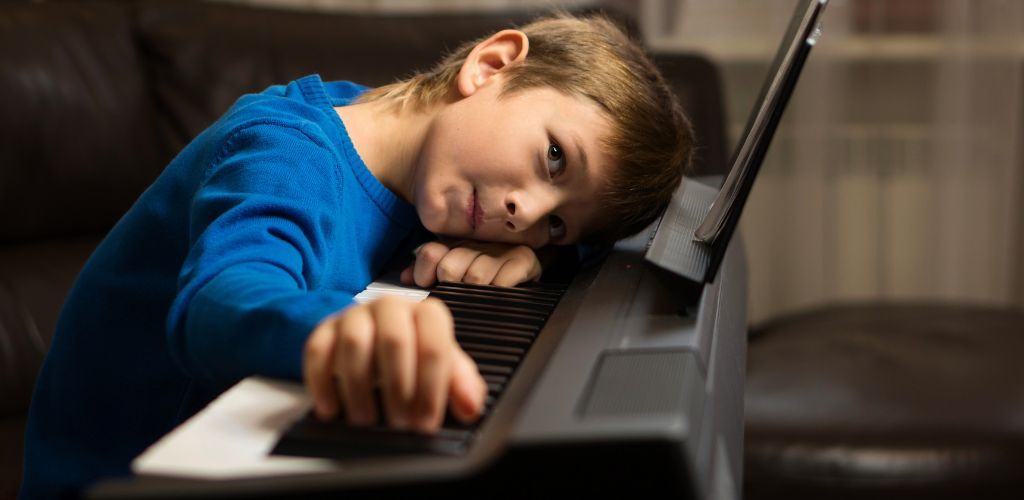
It’s better to prevent problems than to deal with them later, especially when playing the piano. Using the right technique and taking breaks can protect our hand muscles from pain.
Also, warm-up exercises before practice can keep our fingers active and agile, lowering the risk of problems like carpal tunnel syndrome. Let’s ensure our love for music doesn’t lead to hand injuries.
Regular breaks, stretching, and the occasional physical therapy tune-up should be a part of our routine as our scales and arpeggios. Whether you’re a concert pianist or chase the joy of simple songs, keeping those fingers dancing across the keys carefully will ensure the music plays on for years.
Health Benefits and Wellbeing for Pianists

Tickling the ivories is much more than a delightful pastime. It’s a dynamic routine that not only serenades the senses but also benefits my physical and mental well-being.
Physical Conditioning and Strengthening Exercises
As a pianist, I’ve found that practicing scales and arpeggios is like a workout for my hands and fingers. It’s like doing strength and flexibility exercises for the small muscles in my hands, helping me play better.
I’ve also added stretching and hand exercises designed for musicians, which help keep my joints flexible and reduce the strain from long hours at the piano.

Mental Health Advantages of Playing the Piano
Playing gentle and simple songs helps me de-stress and take a break from everyday life. Mastering a piece of a particular genre I love gives me a real sense of achievement and boosts my mood, providing a peaceful escape from the busyness of life.
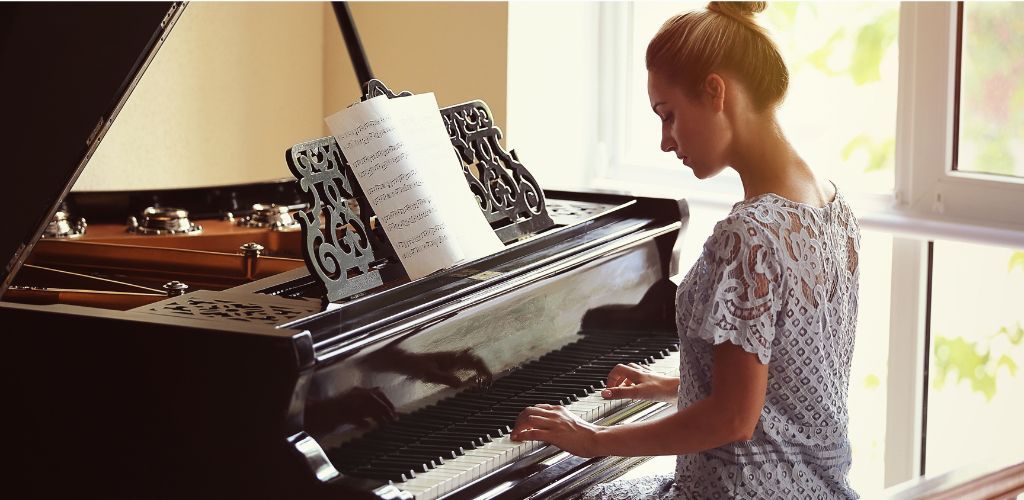
Ergonomics and Lifestyle Factors for Musicians
My posture speaks volumes when I’m perched upon my piano bench. It isn’t just about elegance; it’s about embracing a playing style that preserves my health and allows me to play for hours without discomfort.
Professional pianists will agree that how our regular movements, and the ergonomics of our surroundings heavily influence our performance and prevent potential health issues.
It’s crucial to have my lifestyle aligned with maintaining an ergonomic approach to my musicianship, ensuring the longevity of my musical journey.

Top Piano Brand Guide
DP-12 Compact Digital Piano by Gear4music
The DP-12 Compact Digital Piano by Gear4music features 88 semi-weighted keys and a range of 26 instrument voices, providing a realistic playing experience and versatile sound options.
Its compact design, built-in speakers, and user-friendly interface make it an excellent choice for beginners and those with limited space.
DP-12 Compact Digital
Piano by Gear4music
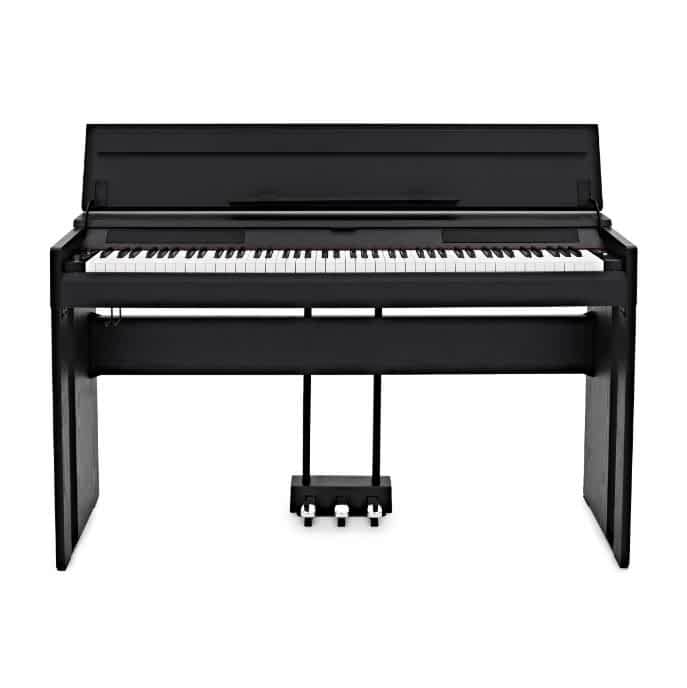
PERFECT FOR: Learning at home
FEATURES: 88-key digital piano ideal for living spaces
OTHER INFO: Synthetic ebony and ivory keys provide that premium grand feel
DP-12 Compact Digital
Piano by Gear4music
- Play with expression with a three-pedal unit and 128-note polyphony
- Get creative with 32 voices and a two-track playback recording
- With a sleek and stylish appearance
- No Bluetooth available
When you click ‘Check Price’, you’ll see there are loads of great places to buy this item. Our personal favorite is Sweetwater for the US, and Thomann and Gear4Music for the UK & Europe.
They are the largest music retailers, with excellent customer service, competitive prices, really fast shipping, and the longest guarantees.
The professional musician who wrote this article combined many things,
from the product build, manufacturer’s reputation through to feedback
from other users, to create our famous TedScore™.
Kawai CN21 Digital Piano

The Kawai CN21 Digital Piano features the Advanced Hammer Action IV-F keyboard and Harmonic Imaging sound technology, delivering an authentic and expressive piano playing experience.
Its built-in lesson functions, dual headphone jacks, and high-quality speaker system make it a versatile and practical choice for both beginners and experienced players.
Kawai CN21 Digital Piano
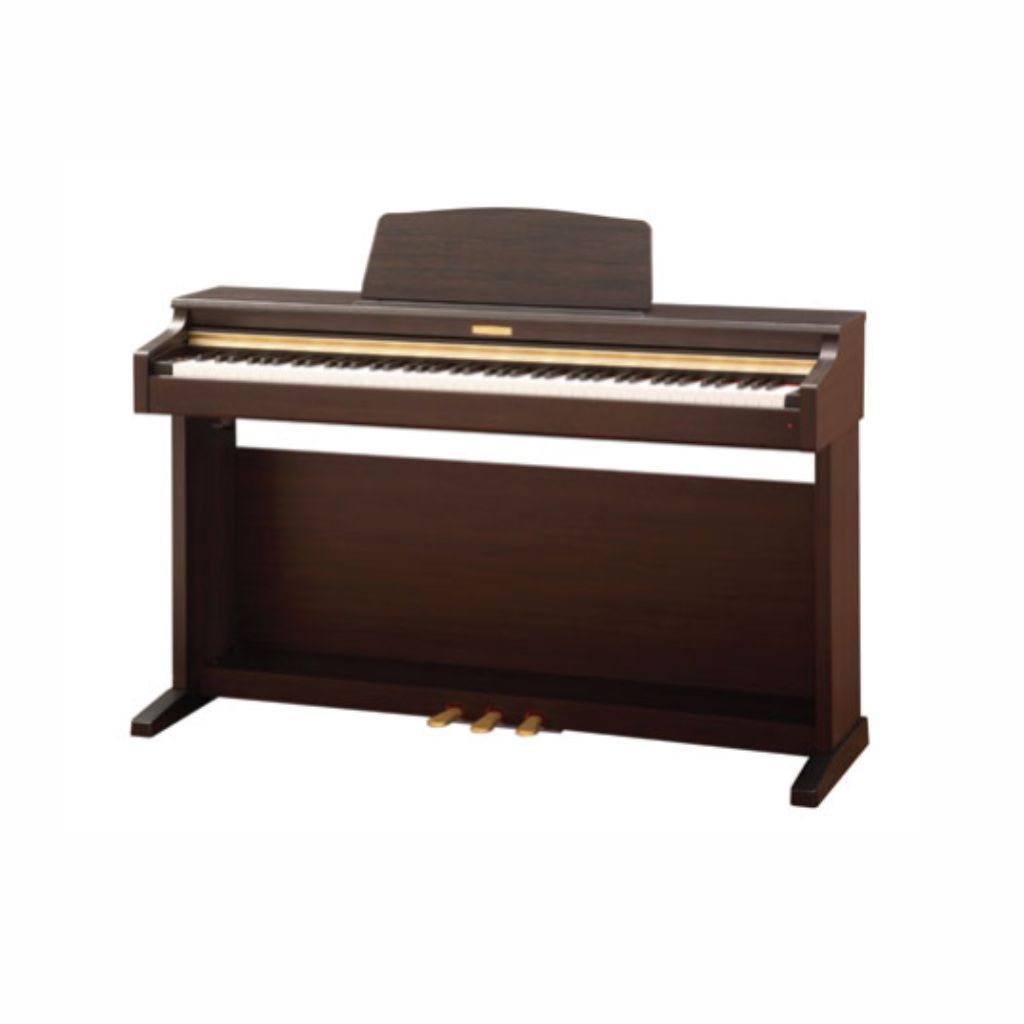
FEATURES: OLED Display That Makes Navigation Easy
OTHER INFO: Spatial Headphone Sound Technology Enhances The Depth And Realism Of The Sound
- Includes Kawai's lesson function to learn classic piano pieces
- Adjust the instrument's parameters with the Virtual Technician app
- Creates rich and expressive sounds like the SK-EX and EX concert grand pianos
- With Superior Headphone Sound technology to enhance playing experience
- Advanced mode requires an iPad to access
When you click ‘Check Price’, you’ll see there are loads of great places to buy this item. Our personal favorite is Sweetwater for the US, and Thomann and Gear4Music for the UK & Europe.
They are the largest music retailers, with excellent customer service, competitive prices, really fast shipping, and the longest guarantees.
The professional musician who wrote this article combined many things,
from the product build, manufacturer’s reputation through to feedback
from other users, to create our famous TedScore™.
Yamaha C3X PE Grand Piano
The Yamaha C3X PE Grand Piano features a solid spruce soundboard and Yamaha’s advanced CFX concert grand piano technology, delivering a rich, dynamic tone with exceptional clarity and resonance.
Its responsive touch and elegant polished ebony finish make it a top choice for professional musicians and discerning pianists seeking both performance and aesthetic excellence.
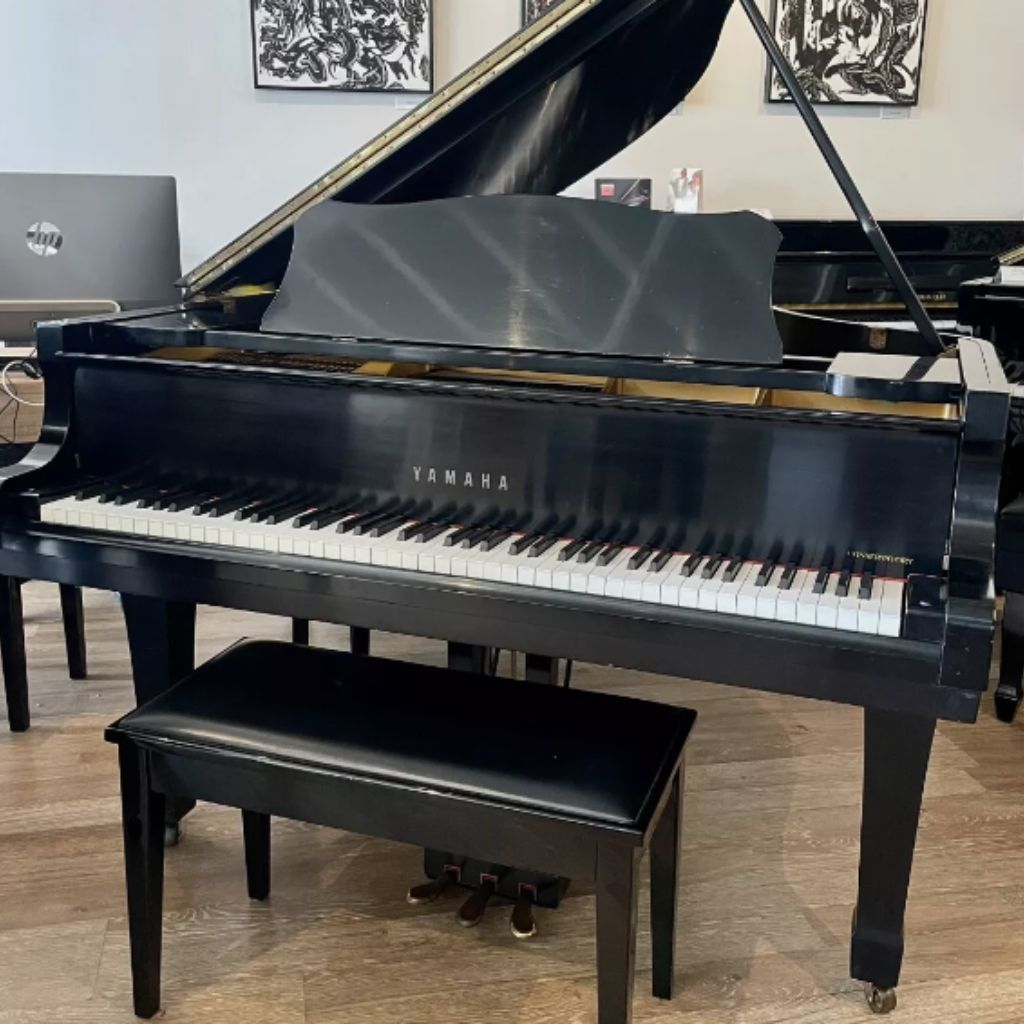
Yamaha C3X PE Grand Piano
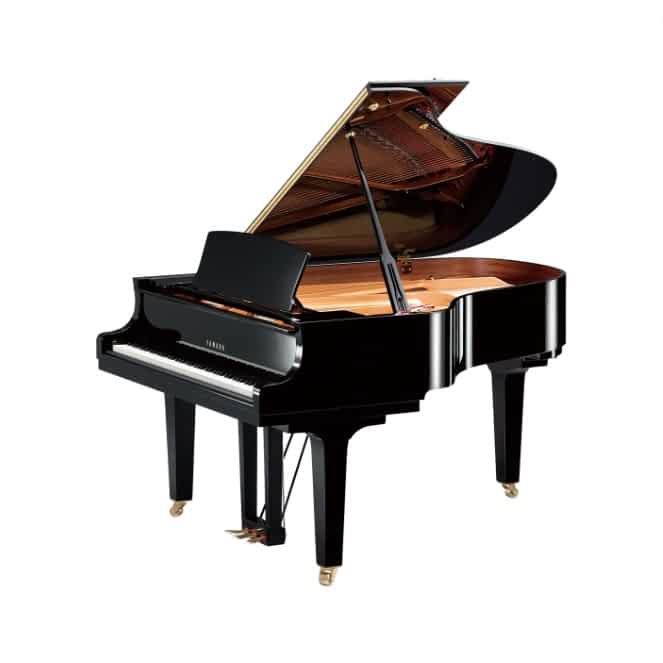
PERFECT FOR: use at home or in small performance spaces
FEATURES: Utilises 3 pedals for full sostenuto
OTHER INFO: Made from high-quality materials
Yamaha C3X PE Grand Piano
- With a length of 186 cm
- Produces beautiful, rich tones
- Available in a range of letters and models (G3, C3, C3X)
- An amazing sound that will make any pianist happy
- A piano that will last a lifetime
- Expensive piano - one of Yamaha's top-tier pianos
When you click ‘Check Price’, you’ll see there are loads of great places to buy this item. Our personal favorite is Sweetwater for the US, and Thomann and Gear4Music for the UK & Europe.
They are the largest music retailers, with excellent customer service, competitive prices, really fast shipping, and the longest guarantees.
The professional musician who wrote this article combined many things,
from the product build, manufacturer’s reputation through to feedback
from other users, to create our famous TedScore™.
Can playing piano cause arthritis:
Recap
The myth linking piano playing with the onset of arthritis doesn’t hold much water. While repetitive motion might increase some risks, the activity itself isn’t the main culprit.
Regular piano practice is a boon for finger flexibility and hand joints health, much to the delight of music enthusiasts.
Let’s be clear: moderation is essential when you learn piano, and if I’m jamming on the keys for hours without respite, it could invite discomfort. But that’s easily tackled when playing simple and proper warm-up routines.

Adapting one’s playing style to include simpler pieces can provide a therapeutic touch without overburdening the joints. Those ivories are not just for show; they’re a pathway to keeping my fingers nimble and sprightly.
So, I’m heartened to say that arthritis isn’t an inevitable encore in my melodic quest. With thoughtful attention to playing habits and self-care, the music—and my fingers—can continue harmoniously.
Wait! There’s more…
Check out this comprehensive article on piano brand ranking to help you make an informed decision when purchasing a piano.
FAQ's
Piano players, like other musicians, may be prone to hand and wrist issues due to repetitive strain, but it’s not necessarily linked to a higher risk of developing arthritis compared to the general population.
Playing the piano excessively can lead to hand and wrist issues such as tendonitis, carpal tunnel syndrome, and muscle fatigue due to repetitive strain, potentially causing pain, stiffness, and reduced hand flexibility.
The side effects of playing the piano extensively can include hand and wrist pain, stiffness, reduced flexibility, and potential risk of repetitive strain injuries due to the repetitive motions and strain on the hands and wrists.
Playing the piano won’t damage hands, but overuse and doing rigid or jerky moves can cause strain and potential injury. Pianists should use proper technique and take breaks to reduce the risk of hand damage.










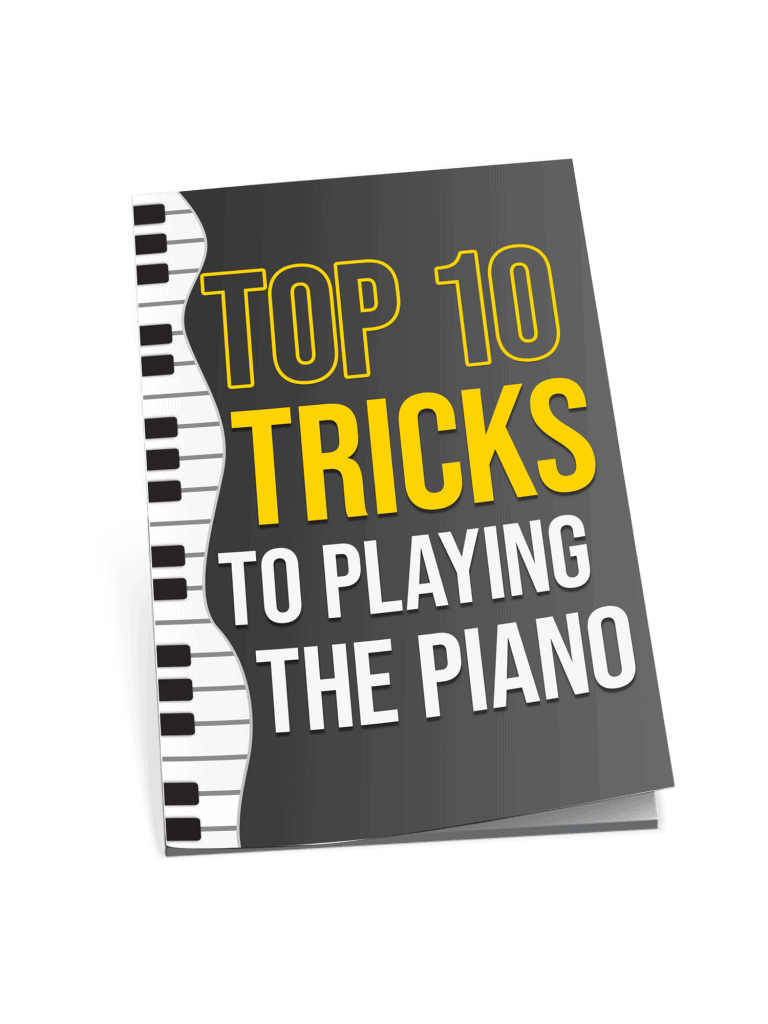
so, playing piano might give you arthritis now? what’s next? breathing? lol seems like everything’s bad for you these days.
This article presents a well-rounded view on the potential risks and benefits associated with piano playing, especially regarding the discussion on arthritis and injury prevention. The inclusion of piano brand recommendations adds a practical touch, though the criteria for selection aren’t fully explained—how do these models perform in terms of durability, action, and sound compared to their peers? Also, diving deeper into the specifics of ergonomic practices could provide readers with more actionable advice. Overall, Dawn Hardwick succeeds in starting an important conversation but could further enrich the dialogue with more specialized insights.
Interesting points on the ergonomics of piano playing. However, I believe the section on mental health benefits could explore more on the cognitive aspects of playing instruments. It’s well-documented that learning and playing music can boost memory, attentive skills, and even spatial-temporal skills. Curious if there are specific studies related to piano that were looked at?
totally agree, learning piano boosted my memory for sure.
Do you have resources on these cognitive benefits? Would love to include some references in my thesis.
This article piqued my interest particularly because I took up piano as a way to gently exercise my fingers, which suffer from mild arthritis. The segments discussing the connection between piano playing and arthritis were very informative, and I wonder if there are more intensive exercises or practices that specifically target those of us with existing conditions. Could incorporating a specific type of piano music or playing style into one’s routine contribute positively to joint health? I would appreciate more insight into this matter.
yamaha c3x pe is a beast but pricey lol. worth it?
The piano brand guide was spot on! Been eyeing the Yamaha C3X myself, and it’s great seeing it get some love. The DP-12 seems pretty cool for those on a budget. Would love to see more in-depth reviews on these models though. Keep up the great work!
Ever tried the Kawai CN21? Heard mixed things and curious about your take.
Love the tips on injury prevention! It’s so crucial for us aspiring professionals. Been practicing more mindfully after reading this. Thanks, Dawn Hardwick!
I found the section on injury prevention and safe practice techniques particularly enlightening. As a piano teacher, it’s crucial to instill the importance of proper posture and hand positioning from the very beginning. It’s surprising how many experienced players overlook this aspect, potentially leading to issues down the line. The article does an excellent job in highlighting ergonomic advice, something I’ll definitely be incorporating more explicitly into my teachings. Kudos to Dawn for shining a light on this often overlooked topic.